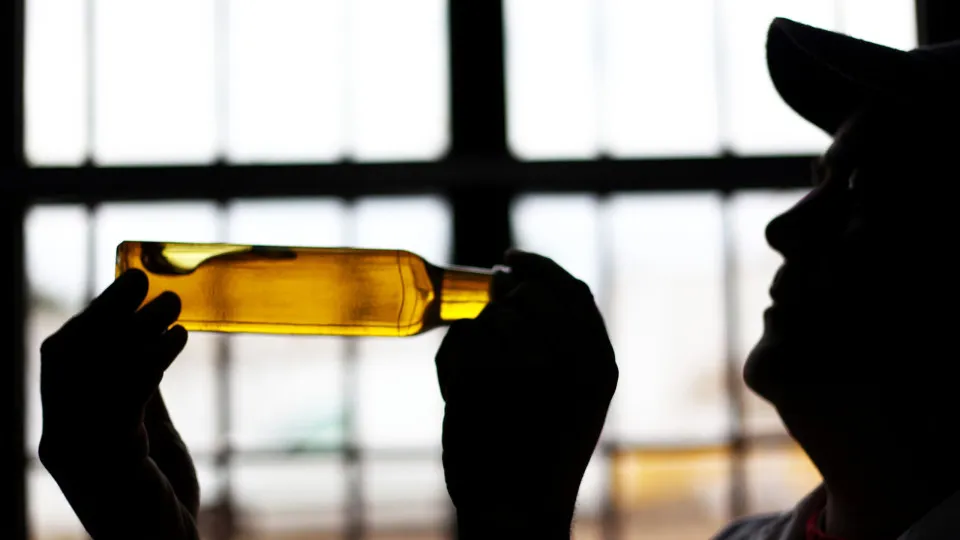
In a statement, the Olivum – Associação de Olivicultores e Lagares de Portugal, based in Beja, updated its forecast for the national olive campaign, now predicting a 20% drop in olive production compared to last year’s campaign.
Contacted today, Olivum’s executive director, Susana Sassetti, highlighted that the reduction in olive oil production roughly matches the 20% decrease in olives, though acknowledging some variations might occur.
“It will depend on the olive’s oil yield,” the executive noted.
Susana Sassetti emphasized that with this forecasted 20% decrease, national olive oil production should be between 140,000 and 150,000 tons. Earlier this month, Olivum’s prediction was between 160,000 and 170,000 tons.
The association noted in the statement that “the initial days of harvest confirm that production is below expectations,” highlighting that the situation reflects “the impact of extreme heat and lack of rain over the last four months.”
“In various areas of Portugal, drought and high temperatures during ripening caused fruit dehydration, impacting productivity,” she said, stressing that even in irrigated olive groves, “more water is needed and its scarcity is clearly impacting production declines.”
Cited in the statement, Olivum’s executive director stated that, “in the crucial months for olive oil formation,” the sector faces “a difficult scenario, practically without any rainfall.”
“This year, compared to the previous campaign, in many areas, olive groves couldn’t maintain normal fruit development. This scenario creates concern in the sector, facing a campaign marked by significant variability between regions and varieties, but with a common trend of reduced productivity,” she added.
The 2025/2026 olive campaign began this month and extends until December in Alentejo, and until January or February in the north of the country.
In the previous campaign, Olivum’s October 2024 estimates for national production were “between 170,000 and 180,000” tons of olive oil.
In January of this year, the respective executive director, Susana Sassetti, specified that the country would produce around 170,000 tons.
Olivum represents more than 53,000 hectares of olive groves in the country, 21 mills, and about 70% of the national olive oil production.




